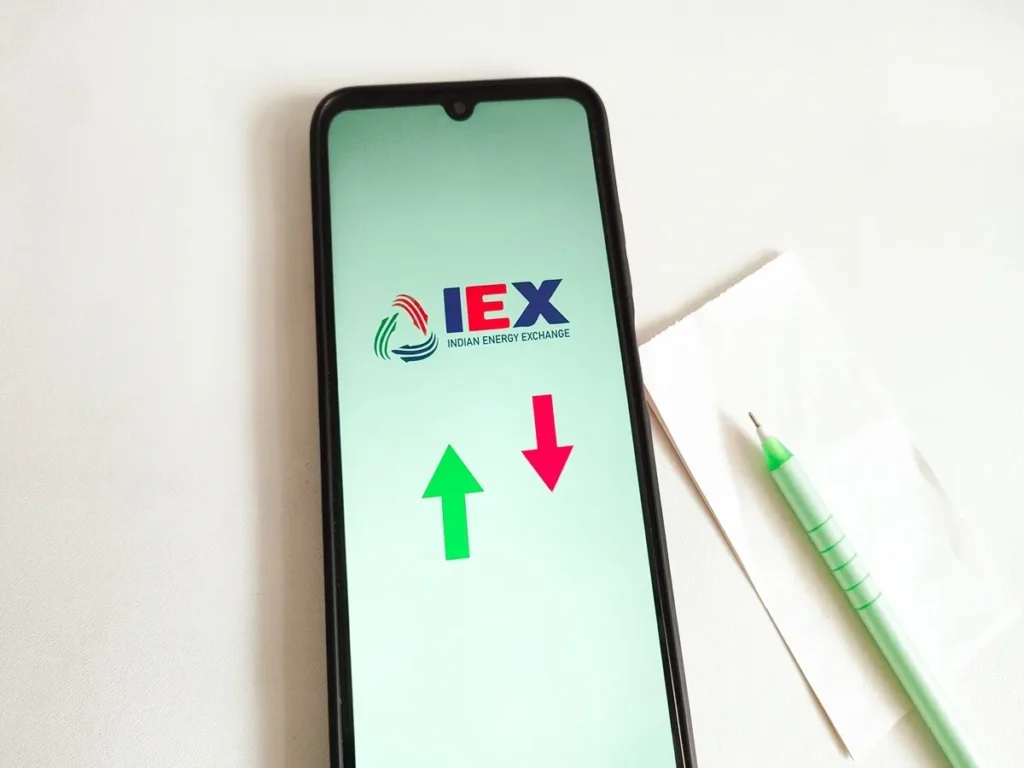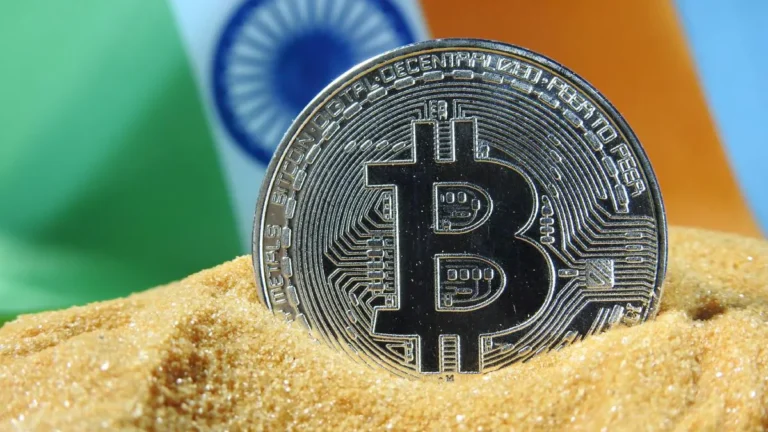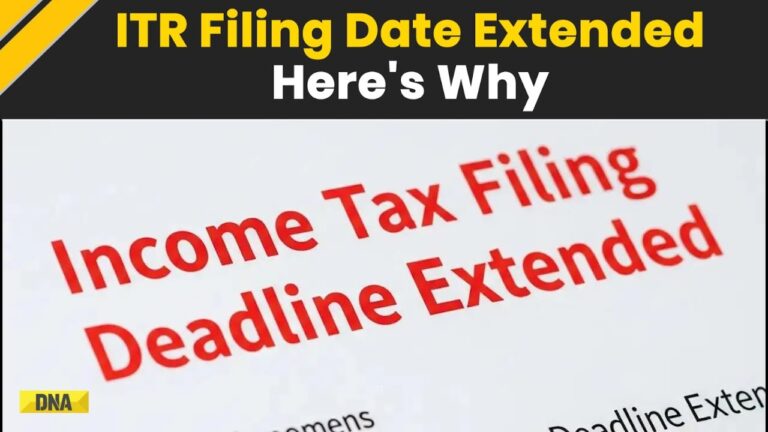What Is Market Coupling, and Why Is It Shaking Up IEX? (2025 Guide)
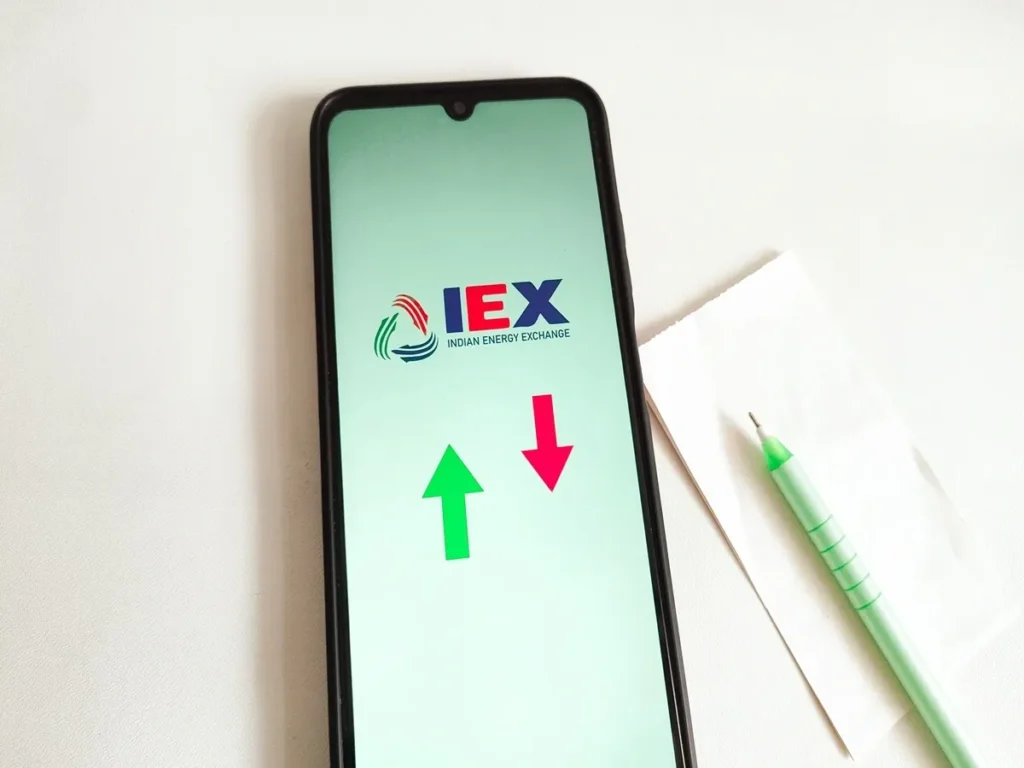
Keywords: Market coupling, IEX news, power market reforms India, market coupling impact on IEX, Indian Energy Exchange update, market-based economic dispatch, electricity market India 2025
⚡ Introduction: What’s Happening at IEX?
The Indian Energy Exchange (IEX) — a leading electricity trading platform in India — has long enjoyed a dominant position in short-term power markets. But now, “market coupling” is emerging as a game-changer, and it’s causing waves not just in energy circles but also in the stock market.
In June-July 2025, IEX shares took a hit as news broke that the Central Electricity Regulatory Commission (CERC) was moving forward with implementing market coupling — a new market reform under India’s Market-Based Economic Dispatch (MBED) policy.
So, what exactly is market coupling? Why does it matter to IEX and its investors? And what does it mean for India’s electricity market going forward?
Let’s break it down.
🔍 What Is Market Coupling?
🧠 Definition:
Market Coupling is a mechanism where multiple power exchanges are connected through a central clearing engine. It aggregates all buy and sell bids from participating exchanges to determine a uniform market clearing price and optimize electricity dispatch across all exchanges.
In simple terms:
Instead of each exchange (like IEX or PXIL) determining its own market price and volume, one centralized algorithm determines the most efficient dispatch and price for the entire power system.
🛠️ How Does It Work?
Step-by-Step:
- All power exchanges (e.g., IEX, PXIL) submit bids and offers to a Market Coupling Operator (MCO).
- The MCO uses a centralized algorithm to:
- Match demand and supply optimally
- Determine a uniform price (single clearing price)
- Allocate trades across exchanges accordingly
- Results are then shared with all exchanges, and trades are settled.
This ensures that price discovery is efficient, transparent, and fair — and not limited to just one exchange.
💡 Why Is Market Coupling Being Introduced in India?
India’s power sector is evolving. The government and CERC have proposed market coupling as part of broader reforms, especially under Market-Based Economic Dispatch (MBED). The goals are:
- Efficient use of power generation resources
- National optimization of electricity dispatch
- Lower electricity prices for consumers
- Fair competition among all power exchanges
In other words, market coupling aims to de-monopolize price discovery and allow better integration of renewable energy and regional surplus/deficits.
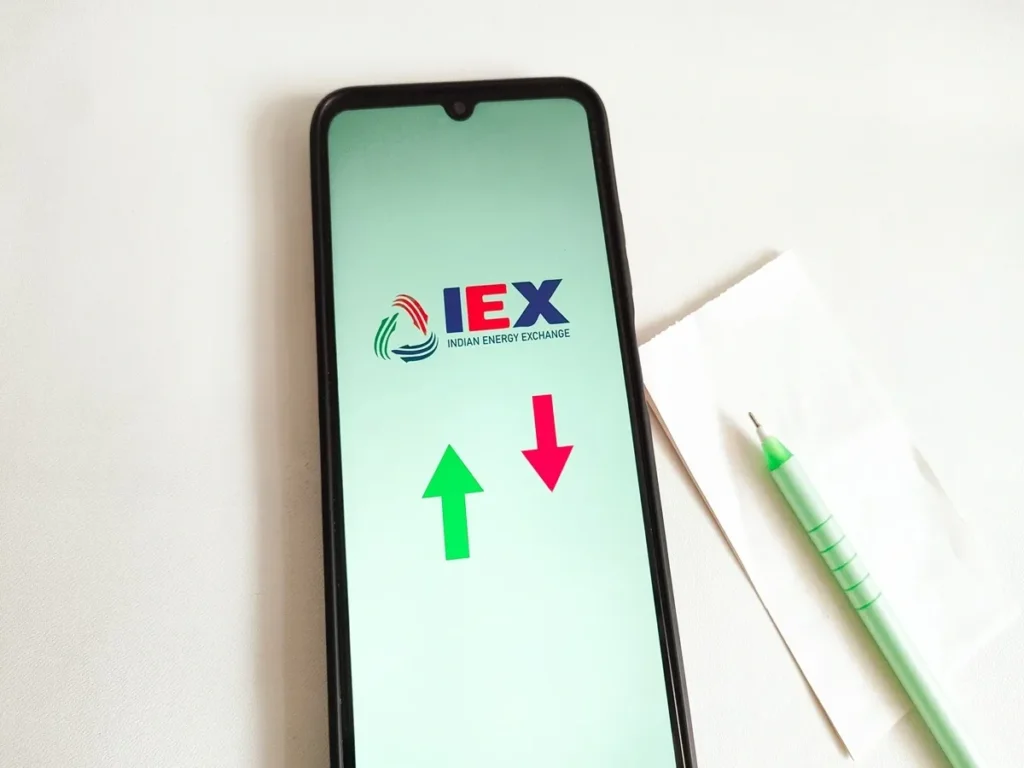
📉 Why Is IEX Feeling the Heat?
1. Loss of Dominance in Price Discovery
IEX has been the largest and most active power exchange in India, commanding over 90% market share. It has historically been the primary platform where electricity prices are discovered.
With market coupling:
- IEX loses its exclusive control over price formation.
- The MCO (likely operated by Grid-India or CERC’s nominee) becomes the central authority.
- IEX becomes one of many “pipes” in the trading network.
This dilutes IEX’s strategic advantage and could impact its brand perception and investor confidence.
2. Revenue Uncertainty
Currently, IEX earns revenue from:
- Trading volume fees
- Listing and settlement charges
- Exclusive product innovation
With market coupling:
- Some pricing power and competitive edge may shift.
- If multiple exchanges gain traction, IEX could see volume share erosion.
- Uniform pricing reduces room for innovation-driven margin growth.
3. Investor Panic & Stock Volatility
In 2025, the stock market has reacted sharply to developments in market coupling. News like:
- CERC’s approval of the coupling draft
- Appointment of a Market Coupling Operator (MCO)
- Timeline announcements for go-live
…have led to significant sell-offs in IEX stock, showing the market’s nervousness about IEX’s future profitability.
🏛️ What Does the Government Say?
The Ministry of Power and CERC support market coupling, stating:
“It will bring transparency, efficiency, and uniformity in the electricity market and align India’s vision with global energy trading standards.”
They believe this reform will:
- Increase participation
- Allow for better grid integration
- Promote competition
- ALSO READ- Should You Use Crypto To Purchase a Home? 4 Methods and Their Risks
The central government has clarified that market coupling will NOT dismantle existing power exchanges — only change how they operate.
🌍 How Does Market Coupling Work Internationally?
India is not alone. Several countries and regions have adopted market coupling successfully:
- Europe: Multi-Nodal Market Coupling (e.g., France-Germany-Belgium)
- Nordic countries: Have been using coupling for over a decade
- United States: Regional Transmission Organizations (RTOs) use similar models for efficient dispatch
In these markets, market coupling has improved:
- Grid stability
- Cross-border electricity trade
- Renewable energy integration
🔮 What Happens Next?
Timeline Ahead (Indicative):
| Phase | Estimated Date |
|---|---|
| Draft market coupling framework | Q2 2025 (Done) |
| MCO nomination and testing | Q3 2025 |
| Pilot project and mock runs | Q4 2025 |
| Full implementation (day-ahead) | Early 2026 |
✅ Pros and Cons of Market Coupling
✅ Pros:
- Better price discovery
- Efficient resource dispatch
- Encourages competition among exchanges
- Reduces costs for power consumers
❌ Cons:
- Reduces strategic control for dominant exchanges like IEX
- Implementation challenges and integration delays
- Market participants may need time to adjust to new rules
👥 What Should Traders and Investors Do?
If you’re an investor in IEX or any power market stock:
- Don’t panic — IEX still has infrastructure, brand loyalty, and technological advantages.
- Monitor updates from CERC, Grid-India, and the Ministry of Power.
- Evaluate IEX’s diversification — including its entry into carbon trading, green power markets, and long-term contracts.
- Understand that while growth may slow, volume-driven revenue might still remain stable post-coupling.
ALSO READ –Should You Use Crypto To Purchase a Home? 4 Methods and Their Risks.
🧠 Conclusion: The Future of Indian Power Trading
Market coupling is not an attack on IEX — it’s a structural reform that aims to bring transparency, fairness, and optimization to India’s power markets.
